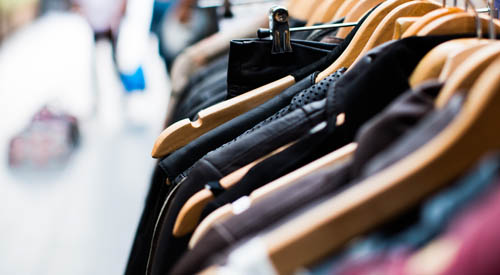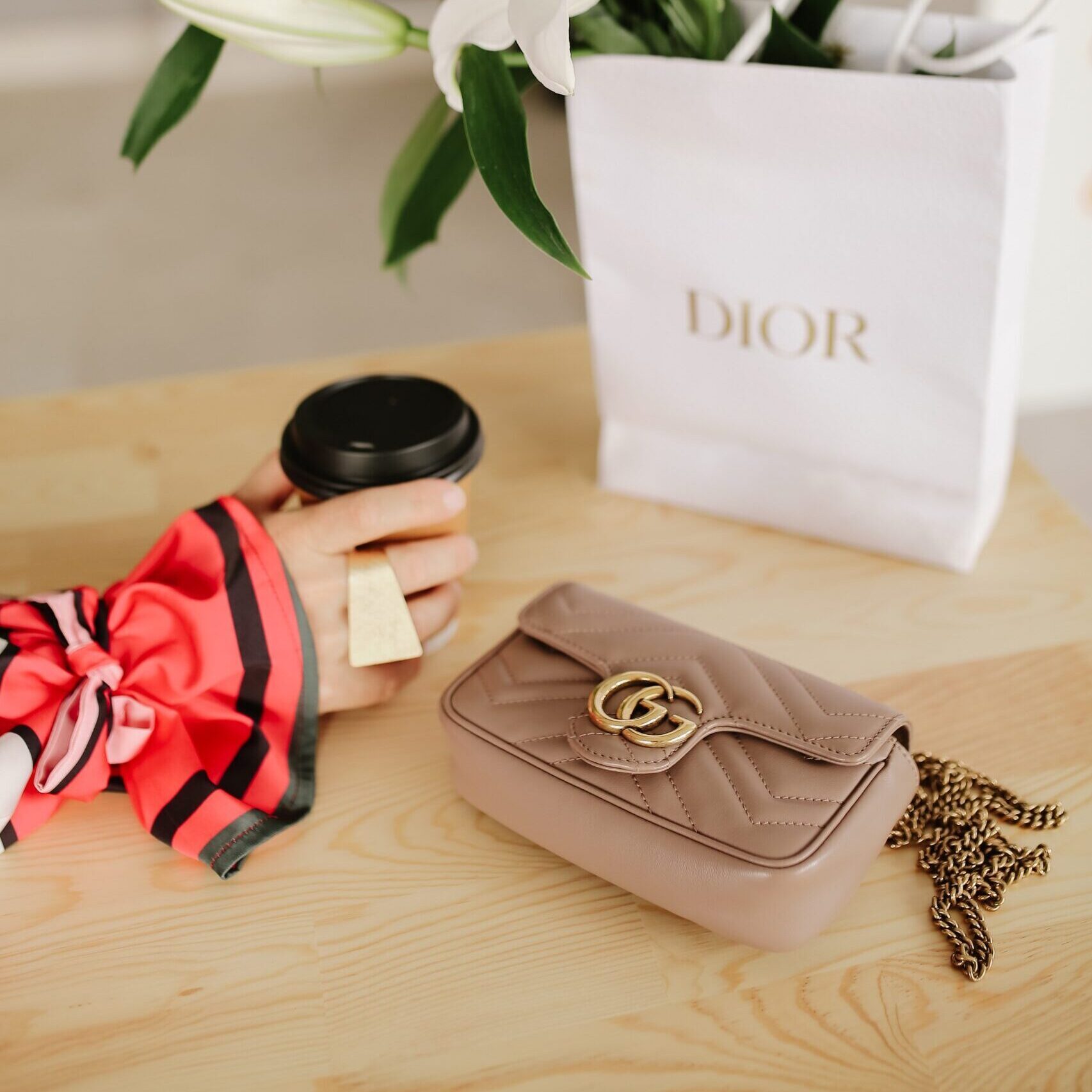Style is a way to say who you are without having to speak. —Rachel Zoe
Fashion is something that stays in everyone’s life even if they deny being bothered about it. The fact is that those who claim they don’t care about what they wear actually prefer clothes which describe the kind of person they are and the way they feel before going about their day. Shift is the only constant in the fashion world. People usually don’t show up front, but deep down every privileged person in the society cares about how fashion affects their life. It has now become the propensity of people to buy branded products. People always want to be at par with their counterparts, be it at school, at work, or in their social circles. Consequently, people often purchase branded clothes and accessories which they believe can help them gain social acceptance.
However, we can see that the fashion industry is being taken over by counterfeiters leaving both the industry and the consumers in distress. The fashion industry is plagued by counterfeit products of well-known brands, and we regularly see media accounts of concerns about fake products being sold through different trade channels, including online portals. Imitation goods often pose a significant threat to the economy, in addition to posing substantial challenges to the earnings and brand value of well-known brands. Wilful counterfeiting is a term used in the fashion industry to describe when consumers purchase replicas of branded products while being aware of the fact that they are counterfeit. This is due to the significant price difference between the original and forged goods.
Counterfeiters pose a significant threat to legitimate companies, but far too many people are unaware of the full scope of counterfeit products’ effect on brands. The very first effect can be seen on the sales. The sale of a product by the company can be affected by counterfeiters selling the lower copy of the same product. This way, the reputation of the company is at stake. As the sale of fake products increases and consumers are of the opinion that they purchased the real product, if the product fails in any way, the criticism has to dealt by the company losing their long-made reputation. This leaves the authentic company to serve the consequences; when the consumers are dejected with the product they purchased and when they seek compensation, they obviously go to the authentic companies carrying the misconception that they were cheated by them. The harm caused by counterfeiters extends beyond customer relationships. Because of the activities of counterfeiters, distributors, retailers, and other business partners often lose faith in legitimate businesses. When a business learns it is being attacked by counterfeiters, it is natural for them to want to strike back. However, this is time-consuming and can be very costly. Resources are diverted away from product creation, ads, and something else the corporation may be excited to invest in in order to pay for attorneys and litigation to defend their intellectual property and copyrights.
We cannot really stop the entire production of counterfeit products but can make ourselves more vigilant, for that matter. Counterfeiters make exact or near copies of advertised product packaging and place it with hard-to-resist pricing to deceive consumers. Before and after making a purchase, customers should take a few steps to distinguish genuine from counterfeit goods. One must know the brand they want to purchase and be informed about it. Buying from a reputable retailer, whether in person or online, means that you are getting a genuine product with a valid receipt. To sell counterfeit product, shopkeepers try deceptive marketing ploys, such as offering steep discounts for goods mentioning they are imported. The other way one can distinguish between genuine or fake product can be brand labelling. The packaging of any product matters, and it is necessary to pay close attention to it. Colours, artwork, and font styles that are similar to the original are often used by counterfeiters. Primarily one can visibly differentiate between the products by looking at their size, logo, or the scheme of colour that is used for packaging, or it can be as minor as the shift in the text’s font.
The best brands spend money on high-quality, durable packaging that can last the entire journey from production to retail. To identify genuine goods, look for tamper-proof features and other information. Some brands allow their customers to verify the authenticity of a product by scanning the barcode or looking up the serial number on their website/app. On the front packaging of Lakme Kajal, for example, there is a protection hologram. On the backside of the packaging, Maybelline uses hot-stamped stickers. A customer can also search for quality in the product’s feel and scent as they would have knowledge about it if they use it regularly. It’s a dead giveaway whether the product is fake or genuine. Over time, a responsible brand does not saturate its consistency. And last but not least, one should always make sure to test the quality of the product because if not, they might turn out to be the victim of the counterfeit products.
So, everyone who loves brand purchasing must keep in mind all the above-mentioned scenarios to keep themselves at the better place as a customer.
Author: Riya Raman
 LLB(H) student at Bennett University and has done her bachelors in English Honours. Her area of interests in law are towards Intellectual Property law, Criminal law and Media law and also in writing and research, literature, novels.
LLB(H) student at Bennett University and has done her bachelors in English Honours. Her area of interests in law are towards Intellectual Property law, Criminal law and Media law and also in writing and research, literature, novels.

















